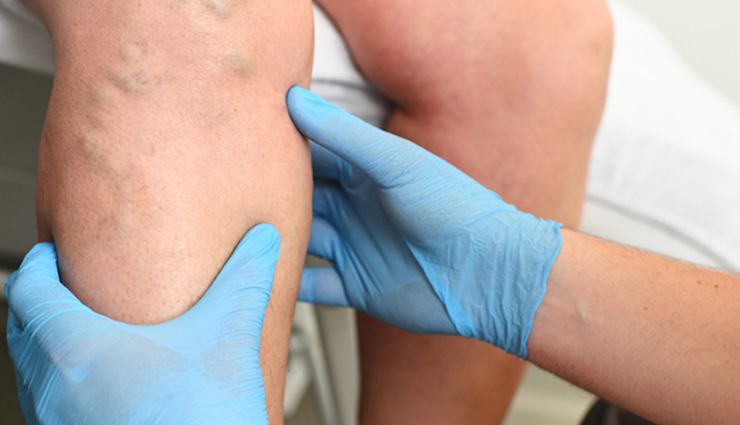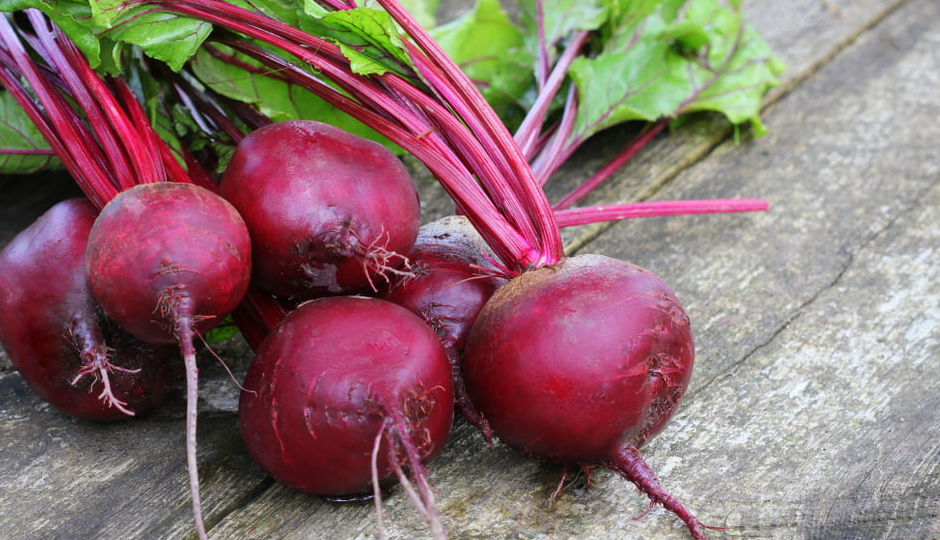- Home›
- Healthy Living›
- 9 Interesting Facts About Blood Clots
9 Interesting Facts About Blood Clots
By: Saloni Jasoria Thu, 24 Apr 2025 12:18:39

Blood clots can dissolve naturally, but when they don’t, they may obstruct oxygen flow and trigger life-threatening conditions like heart attacks and strokes. In this article, we’ll explore some fascinating and important facts about blood clots.
While blood clots play a vital role in healing by stopping bleeding from cuts or injuries, they can also form inappropriately. When this happens, they pose a serious health risk.
There are two main types of blood clots: arterial and venous.
- Arterial clots block the flow of blood and oxygen to vital organs, potentially causing severe tissue damage. These clots can develop in the heart or brain, leading to heart attacks or strokes.
- Venous clots, on the other hand, typically form in the deep veins of the legs—a condition known as deep vein thrombosis (DVT). These clots often develop slowly, which means their symptoms may go unnoticed for some time.
According to the American Heart Association, blood clots in the legs can cause pain, warmth, redness, and swelling, particularly in the lower leg.

# Blood Clots Can Be Deadly
Globally, arterial clots are responsible for one in four deaths. Venous clots, especially dangerous for individuals with underlying conditions like heart failure, also significantly contribute to disability, death, and long-term health complications.
# The Symptoms Can Be Subtle
Blood clots in the lungs or veins often produce vague symptoms. DVT, for instance, may present as swelling in one leg or arm, warmth and tenderness in the affected area, redness of the skin, or visible, enlarged veins.
# Blood Clots Can Be Triggered in Many Ways
Blood clots can develop after certain surgeries, especially those involving the abdomen or cancer. Risk factors include:
Extended periods of immobility
Surgeries involving the hip, knee, or cancer
Family history of blood clots
Estrogen-based birth control pills
Obesity
Smoking and alcohol use
Pregnancy or recent childbirth

# Blood Clots Can Be Prevented
For those at high risk of clotting or bleeding, mechanical compression devices may be used to help maintain healthy blood flow, especially during hospitalization. Unfortunately, awareness about blood clot risk factors and preventive measures remains low.
# Pulmonary embolism (PE)—a clot in the lungs—is the leading cause of in-hospital deaths worldwide. It’s a common result of venous thromboembolism (VTE).
# About 85% of strokes are caused by blood clots. These may originate in the brain or travel there from other parts of the body, often due to conditions like obesity, high blood pressure, or irregular heart rhythms.
# When a clot forms in the arteries of the heart, it can block oxygen and nutrients to the heart muscle, resulting in a heart attack.
# Clots in the lungs may cause symptoms such as shortness of breath, chest pain, a racing heartbeat, and dizziness—often misdiagnosed as other conditions.
# Alarmingly, 44% of people are unaware that staying physically active can help prevent blood clots.





